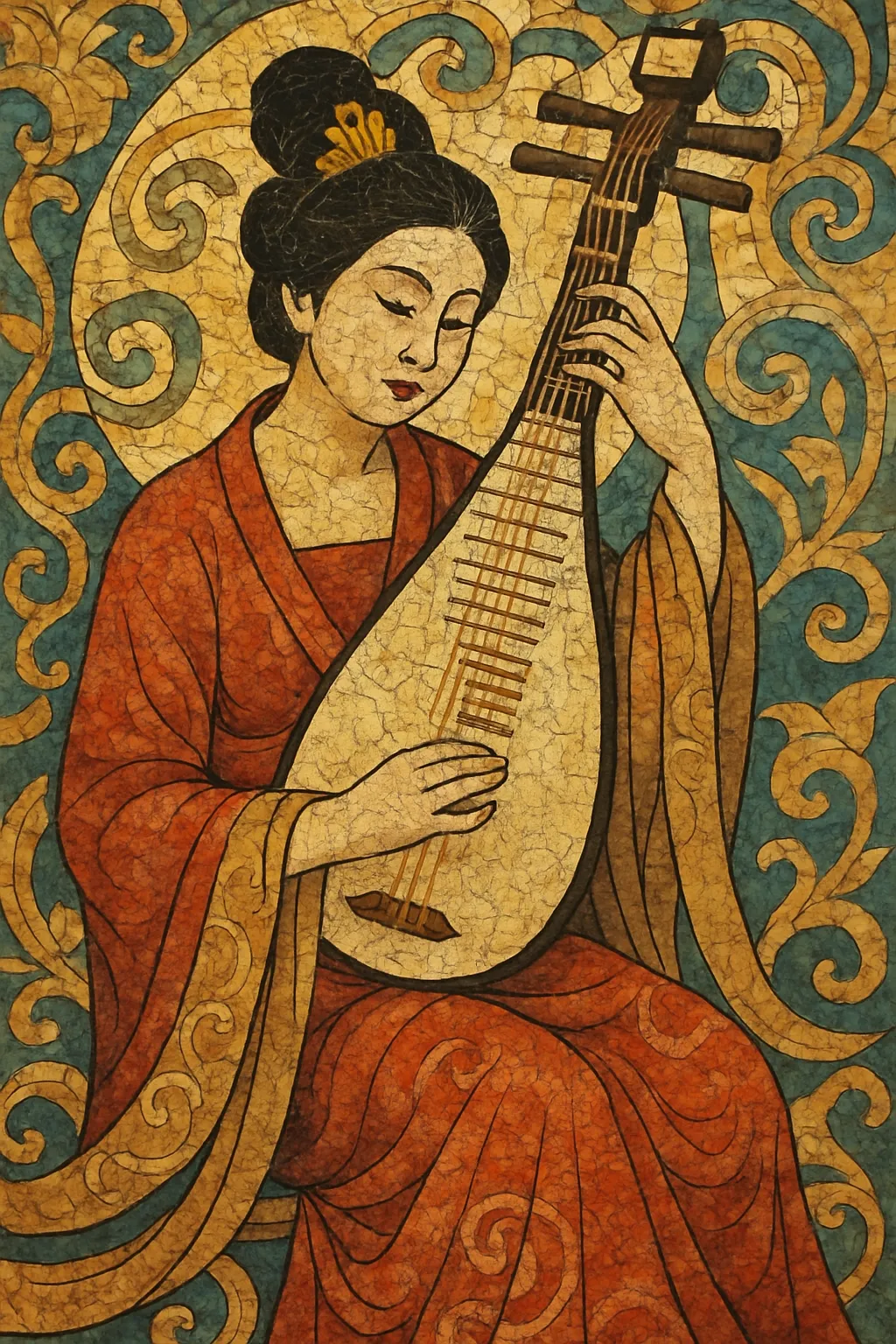Chinese classical music refers to the courtly, literati, and ritual musical traditions of China that emphasize refinement, poetic symbolism, and ethical cultivation. It privileges timbre, gesture, and modal color over harmonic progression, and is closely tied to classical poetry, calligraphy, and philosophy.
Its core idioms include solo and small-ensemble repertoire for guqin, pipa, xiao, dizi, sheng, guzheng, ruan, and erhu, as well as ritual/ceremonial ensembles. Melodies typically draw on pentatonic and heptatonic modal systems (gong–shang–jue–zhi–yu), use nuanced ornamentation, and favor heterophony when played in ensemble.
The tradition is historically transmitted through lineage, handbooks, and mnemonic/character notations (e.g., jianzipu and gongchepu), with performance practice emphasizing breath, space, and expressive inflection (slides, harmonics, and vibrato).
Chinese classical music has antecedents reaching back to the Zhou and Han eras, where court ritual (yayue) and philosophical thought (Confucian and Daoist) framed music as a tool of moral cultivation and cosmological order. Instruments such as the qin (guqin), bells (bianzhong), and chimes (bianqing) anchored ceremonial practice, while early modal thinking and pitch standards were theorized in classic treatises.
By the Tang and especially the Song dynasty, a scholarly-literati musical culture coalesced around the guqin and poetry. Handbooks began to codify repertoire, aesthetics, and technique. While court ensembles remained vital, the private, contemplative world of solo zither music became emblematic of refined taste and ethical self-cultivation.
From the 13th century onward, collections and manuals (e.g., Shenqi Mipu in the early Ming) preserved and systematized repertoire, tunings, and ornaments. Gongchepu notation circulated widely for ensemble music, while jianzipu preserved guqin fingering and phrasing. Regional classical idioms and chamber textures (proto-sizhu) diversified the tradition, yet maintained a shared modal and aesthetic core.
The 20th century brought upheaval and reform: new instrument building, conservatory training, and concertization reshaped practice, while masters safeguarded lineage traditions. Since the late 20th century, heritage revival, scholarship, and global touring have renewed interest in historically informed performance, alongside contemporary compositions rooted in classical modalities and timbres.


